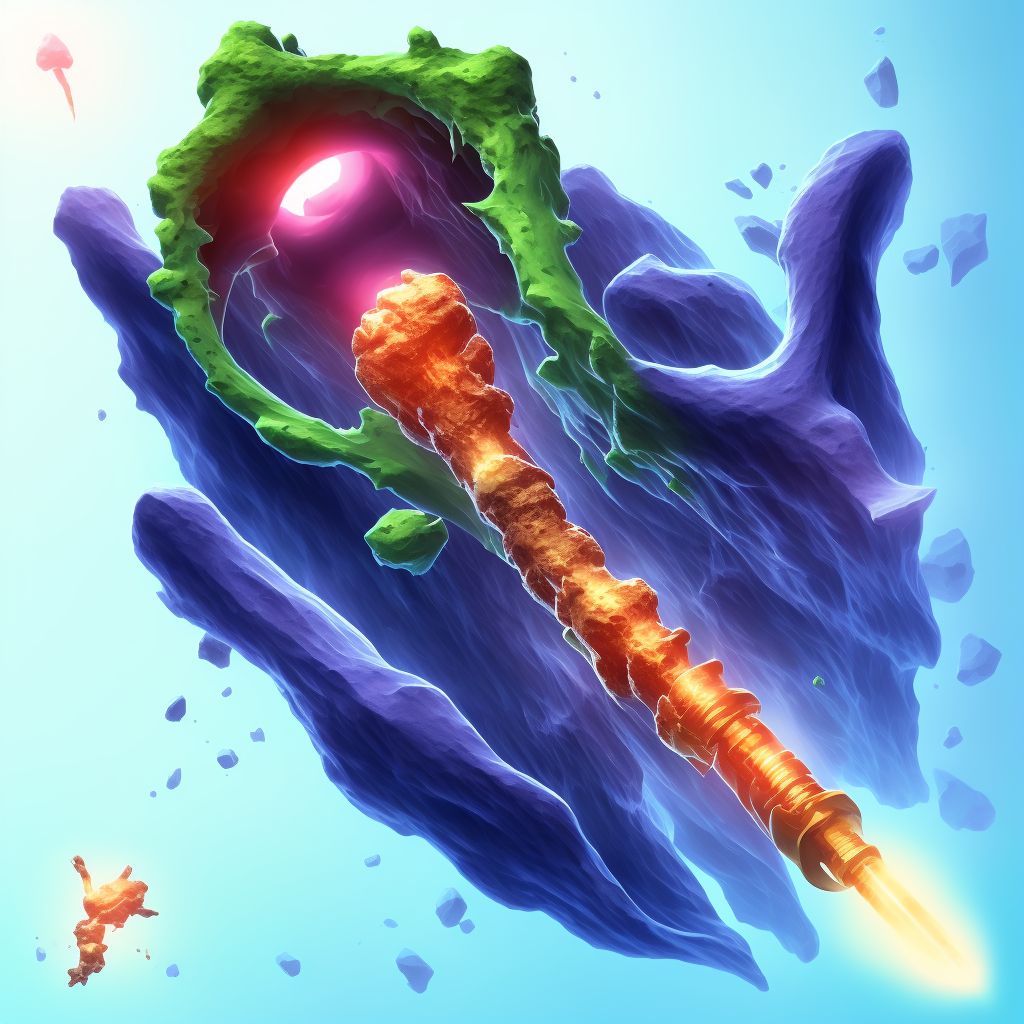
Unspecified fracture of shaft of left tibia, initial encounter for open fracture type IIIA, IIIB, or IIIC Save
ICD-10 code: S82.202C
Disease category: S82.202: Unspecified fracture of shaft of left tibia
Unspecified Fracture of Shaft of Left Tibia: Understanding the Initial Encounter for Open Fracture Type IIIA, IIIB, or IIIC
Unspecified fracture of the shaft of the left tibia is a common medical condition that can occur due to various reasons such as accidents, falls, or sports-related injuries. An open fracture type IIIA, IIIB, or IIIC is a severe form of this injury that requires immediate medical attention. Understanding the initial encounter for this type of injury is crucial to ensure proper diagnosis, treatment, and management of the condition.
During the initial encounter, a thorough medical examination will be performed to assess the extent of the injury. This may include a physical examination, X-rays, and other imaging tests to determine the severity of the fracture. The healthcare provider will also evaluate the patient's medical history and any preexisting medical conditions that may affect the treatment and management of the injury.
In addition, the healthcare provider will assess the wound associated with the open fracture to determine the risk of infection. Open fractures are classified into three types based on the severity of the wound and the extent of tissue damage:
- Type IIIA: This is a low-energy fracture where the wound is less than 1 cm in size and there is minimal soft tissue damage.
- Type IIIB: This is a higher-energy fracture where the wound is greater than 1 cm in size and there is significant soft tissue damage.
- Type IIIC: This is the most severe form of an open fracture where there is extensive soft tissue damage, including muscle, nerve, and vascular injuries.
Once the healthcare provider has determined the severity of the fracture and the classification of the open wound, they can begin to develop a treatment plan tailored to the patient's specific needs. This may include immobilization of the affected leg, pain management, and antibiotics to prevent infection. In severe cases, surgery may be required to repair the fracture and restore proper function to the leg.
In conclusion, an unspecified fracture of the shaft of the left tibia can be a severe medical condition, especially when it is an open fracture type IIIA, IIIB, or IIIC. Understanding the initial encounter for this type of injury is crucial to ensure proper diagnosis, treatment, and management of the condition. If you suspect that you have suffered an open fracture of the left tibia, seek immediate medical attention to prevent further complications and to start your road to recovery.
Treatment of Unspecified fracture of shaft of left tibia, initial encounter for open fracture type IIIA, IIIB, or IIIC:
When faced with an unspecified fracture of the shaft of the left tibia, it is important to seek immediate medical attention. This type of injury can range from a simple hairline fracture to a severe open fracture that requires surgery. Here are some treatment options for an unspecified fracture of the shaft of the left tibia: 1. Immobilization: This is the most common treatment for a fracture...
To see full information about treatment please Sign up or Log in